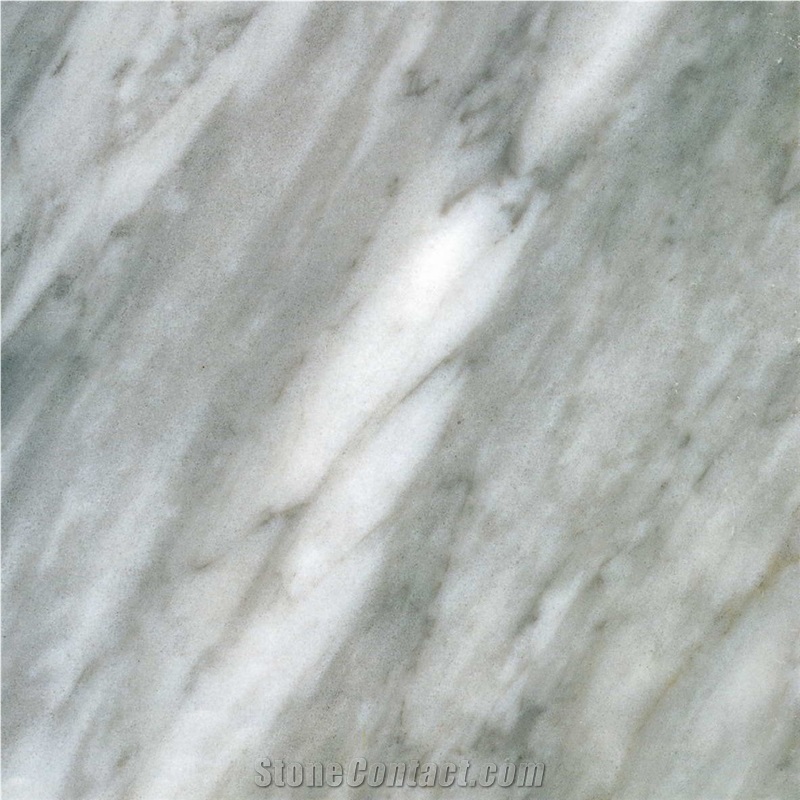Arabescato Trambiserra
 Italy
(Massa, Carrara)
Italy
(Massa, Carrara)
Arabescato Trambiserra is a kind of white marble quarried in Italy. This stone is especially good for Exterior - Interior wall and floor applications, countertops, mosaic, fountains, pool and wall capping, stairs, window sills, etc and other design projects. It also called Arabescato Marble . Arabescato Trambiserra can be processed into Polished, Sawn Cut, Sanded, Rockfaced, Sandblasted, Tumbled and so on.

How thick is Italy's Arabescato Trambiserra Marble slabs?

What is the physical properties of Arabescato Trambiserra?

What are the different types of Arabescato Trambiserra mosaics style?

How thin can Arabescato Trambiserra be cut as tiles?

What is the difference between Arabescato Trambiserra and Calacatta Extreme?

Can Italy's Arabescato Trambiserra Marble be used exterior applications in very dusty climates?

Can Arabescato Trambiserra be used in a Turkish hammam as a wall and floor covering?

Can Arabescato Trambiserra be used as a tabletop?

Can Italy's Arabescato Trambiserra Marble be used in landscaping?

Can Arabescato Trambiserra be used for pool coping?

What is the chemical composition of Arabescato Trambiserra?

Can Arabescato Trambiserra be used as a mortar pestle?

How can I clean Arabescato Trambiserra floor tiles?

Is Italy's Arabescato Trambiserra Marble an expensive stone?

What are the different types of Arabescato Trambiserra moldings style?

What are the different types of Arabescato Trambiserra columns?

How to repair the scratched Arabescato Trambiserra kitchen countertop surface?

Does Arabescato Trambiserra scratch easily?

Can Arabescato Trambiserra be used as a kitchen cutting board?

Are there color variations of Italy's Arabescato Trambiserra Marble?

What thickness of Arabescato Trambiserra kitchen countertop would be better?

Can I use Arabescato Trambiserra for kitchen countertop?

How can I repair the scratched surface of the Arabescato Trambiserra wall tiles?

With Arabescato Trambiserra kitchen countertops, which color kitchen cabinets should I choose?

What thickness of Arabescato Trambiserra backsplash tiles would be better?

Can Italy's Arabescato Trambiserra Marble be used outdoors?

Can I use Arabescato Trambiserra for commercial bar countertop?

Can Italy's Arabescato Trambiserra Marble be used in a living room?

Does Arabescato Trambiserra easly stain?

What should be the minimum thickness of the Arabescato Trambiserra table top?

What is the coefficient of friction of Chiseled Italy's Arabescato Trambiserra Marble tiles?

How should I clean Arabescato Trambiserra countertop?

What grade is Italy's Arabescato Trambiserra Marble?

Is it safe to use Arabescato Trambiserra mortar and pestle?
The request includes: 1. surface finished, size 2. quantity required







